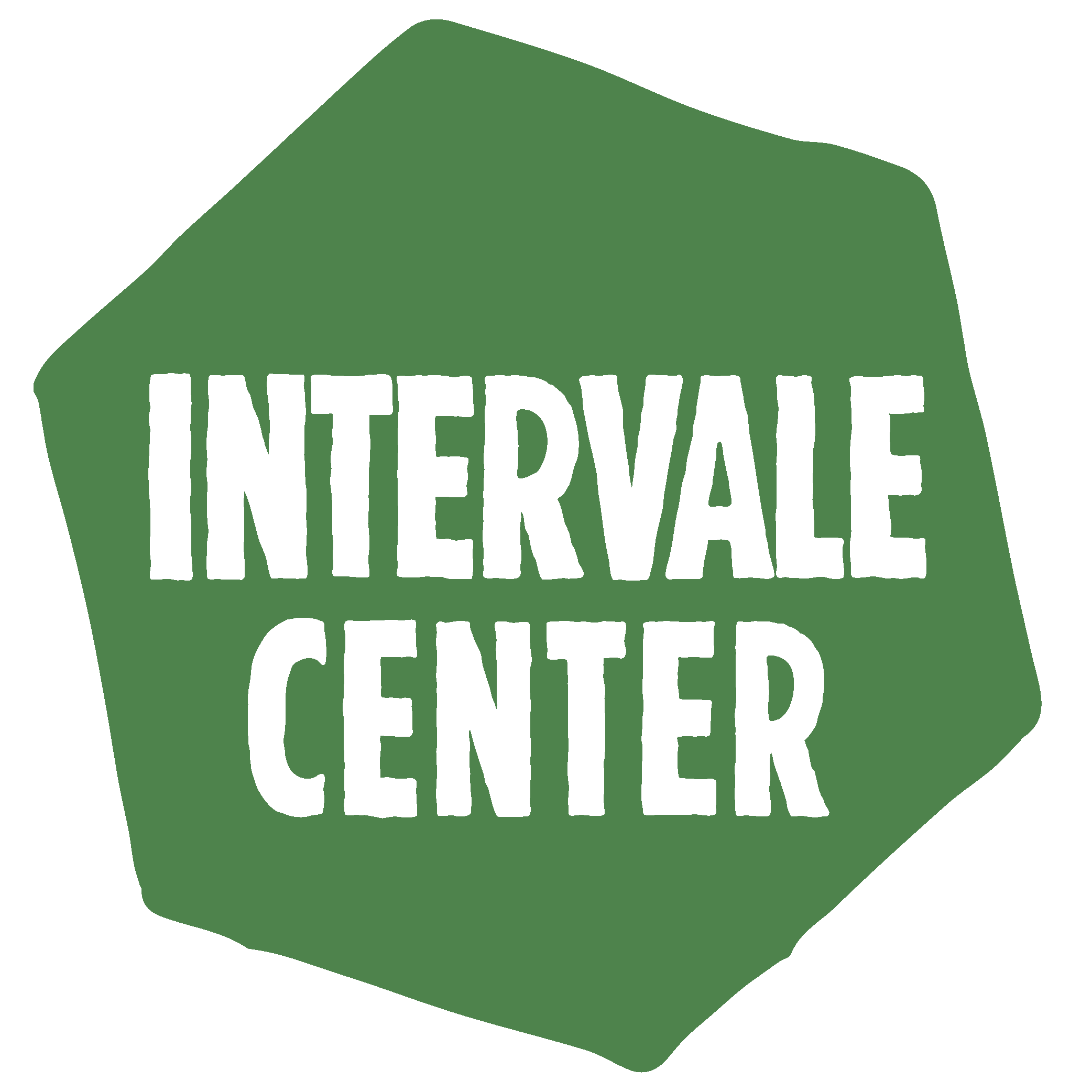Celebrating Intervale History: The Land
Celebrating Intervale History: The Land
In celebration of the Intervale Center’s 30th anniversary, we’re beginning a blog series highlighting the unique historical significance of our land and buildings. Many thanks to Eleanor Lustig!
The area we call “the Intervale” is actually one of many “intervales” in Vermont. This term was used by English settlers to describe the floodplain valleys of New England, which offer rich farmland and a mild growing climate. The native Abenaki people had two terms for the same landforms: Pasahana and Wolhana, which refer to intervales that run east-west and north-south respectively. Intervales have been the center of New England agriculture for as long as people have been farming here. The Intervale Center strives to preserve the rich agricultural history of Burlington’s Intervale as it continues to fill a central role in the area’s next agricultural system.
Buried below the soil of the Intervale Center is a record of the past 5,000 years of Abenaki history. This record of tools, stone hearths, ceramics, and burial sites suggests the land was used seasonally for hunting, fishing, gathering and growing food. In particular, the Abenaki likely grew the “Three Sisters”—corn, beans, and squash—here, as well as tobacco and sweetgrass, which were sacred crops. Today the Intervale Center is site to an indigenous seeds garden, which strives to preserve both the varieties of these crops that were grown by the Abenaki, as well as their methods of cultivation.
When European settlers first arrived in Burlington, they began cultivating grain in the Intervale. After a few generations, when the grain markets moved West, Intervale farmers began to focus on dairy. The railroad that now carries wood to McNeil Generating Plant was constructed in 1861 and made the Intervale an increasingly desirable place to farm, as it gave farmers access to the markets in New England’s growing cities. Around this time, George Reynolds purchased 100 acres at 180 Intervale Road and began a dairy farm. In 1868, he built the farmhouse which currently houses the Intervale Center office. Reynolds’ family maintained ownership of the farm after his death, until around 1930 when Fayette and Ella Calkins purchased it.
Stay tuned for our next blog for more details about the Reynolds and Calkins farmstead!




